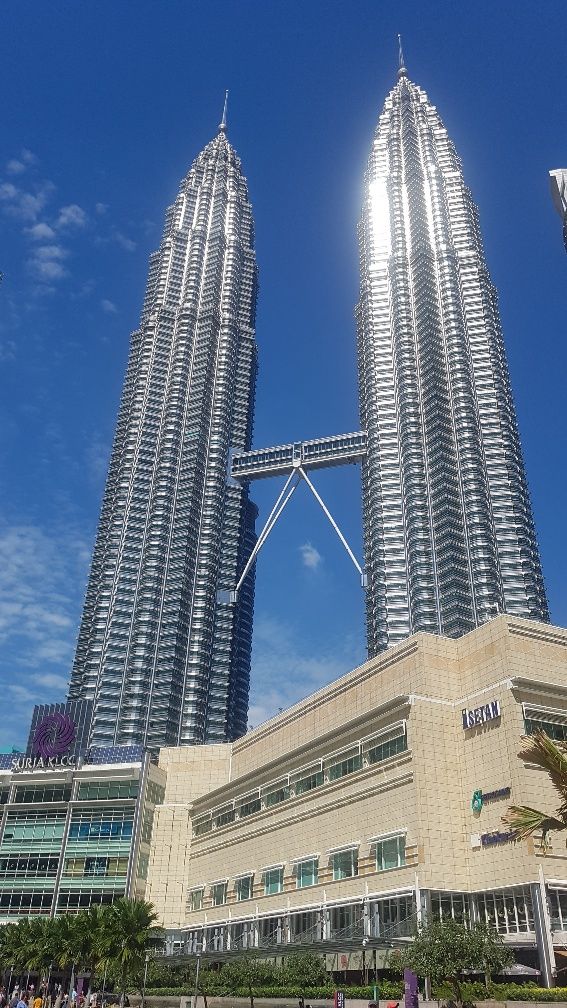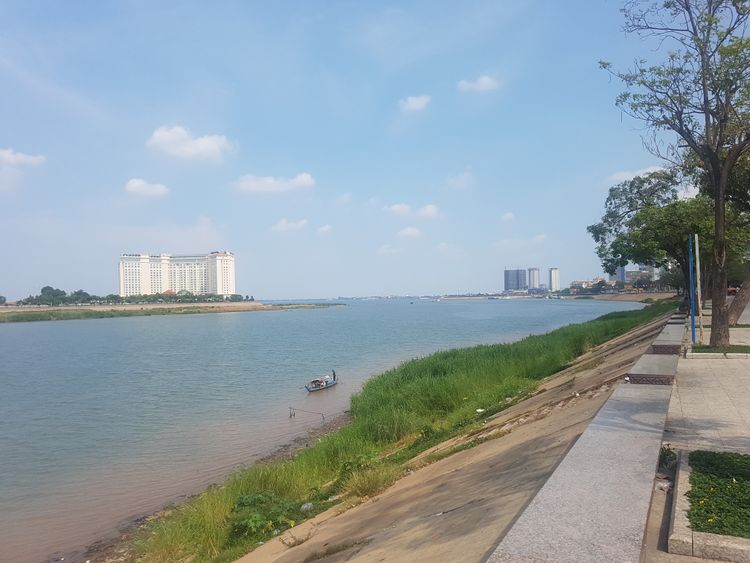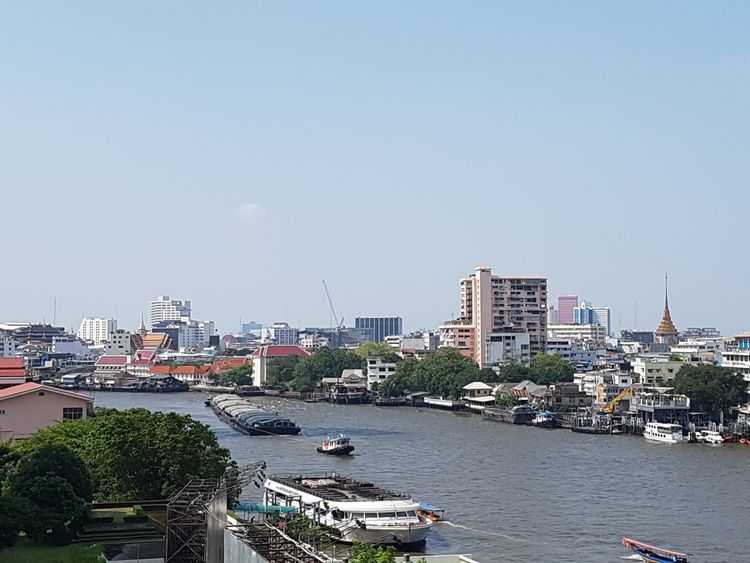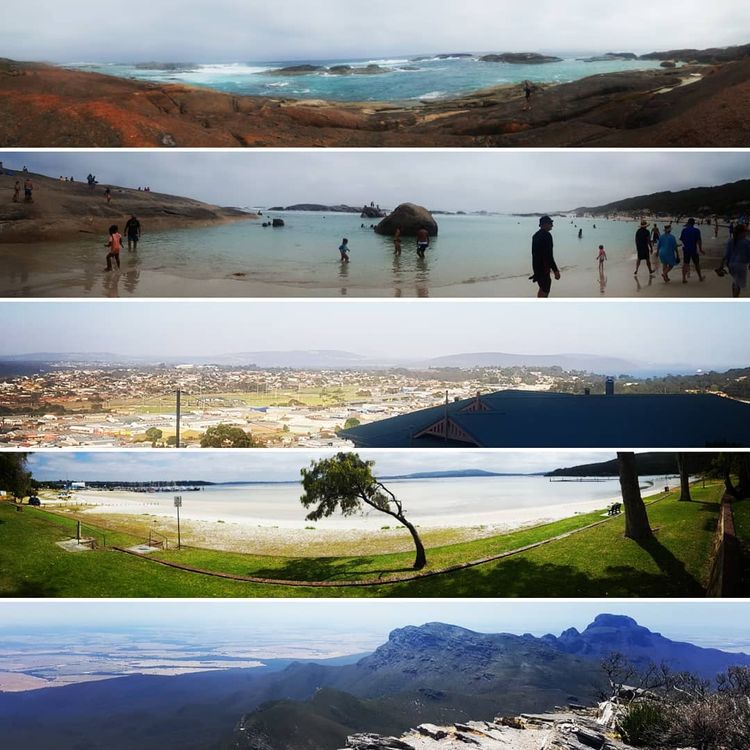Spain : Sun, Sangria, Salt & Sand
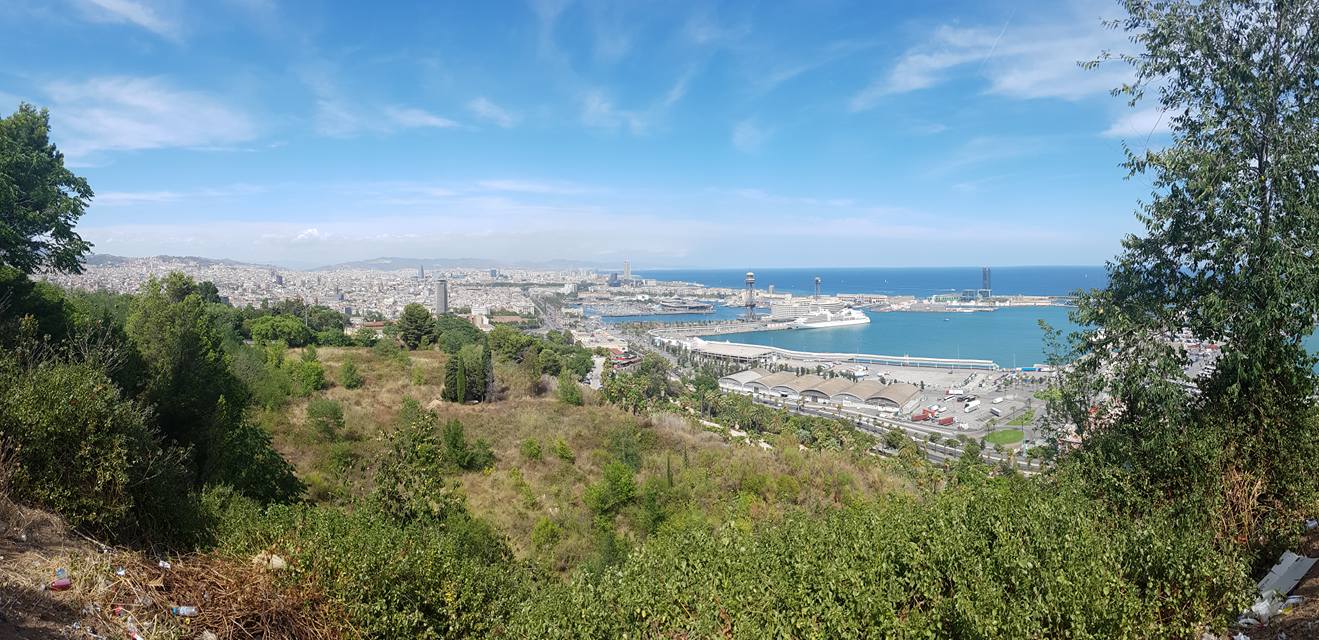
Spain is a country located on the Iberian Peninsula in southwestern Europe. Its mainland is bordered to the south and east by the Mediterranean Sea except for a small land boundary with Gibraltar; to the north and northeast by France, Andorra, and the Bay of Biscay; and to the west and northwest by Portugal and the Atlantic Ocean. It is the only European country to have a border with an African country, Morocco. Modern humans first arrived in the Iberian Peninsula around 35,000 years ago. Iberian cultures along with ancient Phoenician, Greek and Carthaginian settlements developed on the peninsula until it came under Roman rule around 200 BCE, after which the region was named Hispania. During the Middle Ages, the area was conquered by Germanic tribes and later by the Moors. Spain became a unified country in the 15th century, following the marriage of the Catholic Monarchs and the Reconquista from the Moors in 1492. In the early modern period, Spain became one of history's first global colonial empires, leaving a vast cultural and linguistic legacy that includes over 500 million Spanish speakers, making Spanish the world's second most spoken first language, after Mandarin Chinese.
Our tour travelled from Avignon, France to Barcelona, Spain via Pont Du Gard. The Pont du Gard is an ancient Roman aqueduct, crossing the Gardon River in southern France. Pont du Gard is the highest of all the Roman aqueducts, and is one of the best preserved. The aqueduct bridge is part of the Nîmes aqueduct, a 50-kilometre system built during the first century AD to transport water from a spring at Uzès to the Roman colony of Nemausus. The bridge of Pont du Gard has three tiers of arches, standing 48.8 m in height, and descending 2.5 centimetres – that's a gradient of only 1:18,241 – while the entire aqueduct descends only 17 m over its entire length. Damn, those Roman's were thrifty.
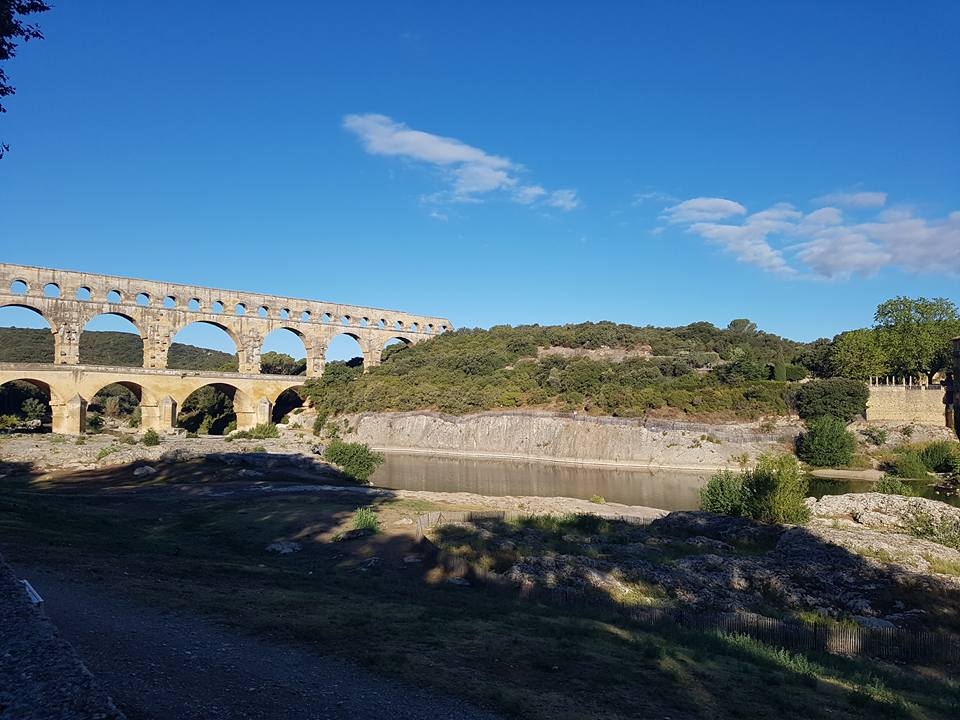
Barcelona
The capital of Catalonian Spain, is the second most populous city in Spain, next to the country's capital Madrid. Barcelona is surrounded by the Serra de Collserole mountains to west, and the Pyrenees to the North. The city is reknowned for architectural works by Antoni Gaudi, you don't have to travel far to come across some of his Art Noveau. The 1992 Summer Olympics were held at Montjuic, a hill to the West of the city of Barcelona that overlooks the Mediterranean coast-line. Camp Nou, the home of Barcelona FC is the largest stadium in Europe - lucky the Spanish are soccer-mad.
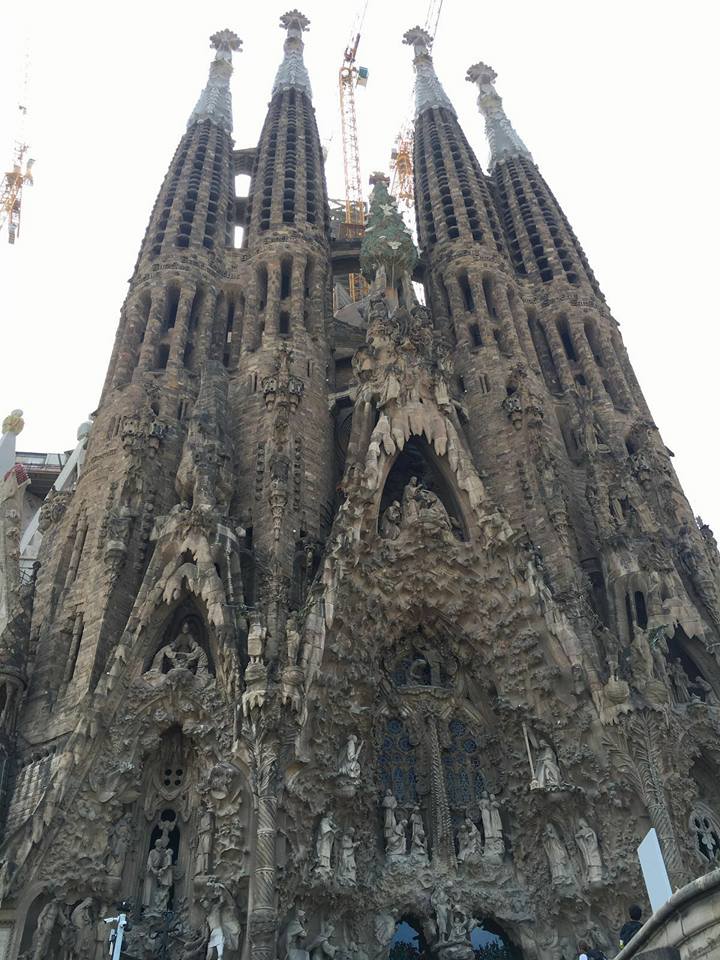
We arrived in Barcelona on the 5th of August, and set out on a driving tour - including the sites of the Columbus Monument, Montjuic and Sagrada Familia. The Columbus Monument is a 60 m tall monument to Christopher Columbus at the coastal end of La Rambla, Barcelona. Barcelona's Montjuïc is a broad shallow hill with a relatively flat top overlooking the harbour, to the southwest of the city centre. The eastern side of the hill is almost a sheer cliff, giving it a commanding view over the city's harbour immediately below. The top of the hill at Montjuic was the site of several fortifications, the latest of which,the Castle of Montjuïc, remains today. This is a wonderful look out spot and hosts the stadiums of the 1992 Olympics.

That night we all prettied up (well... the guys scrubbed up) and hit the town for some paella, sangria and a flamenco show. Flamenco is a professionalized art-form based on the various folkloric music traditions of Southern Spain. Flamenco refers to five musical traditions and more modern musical styles which have been incorporated into the style over the years. Flamenco includes cante (singing), toque (guitar playing), baile (dance), jaleo (vocalizations), palmas (handclapping) and pitos (finger snapping). In recent years, flamenco has become popular all over the world and is taught in many non-Hispanic countries, especially the United States and Japan. In Japan, there are more flamenco academies than there are in Spain. Afterwards we hit the clubs for some shots and dancing. Fairy bar - El Bosc de les Fades is tucked away off Las Ramblas, on Pasatje Banca next to the Wax Museum. The fairy bar was inspired by a fairy forest, complete with an artificial woodland of snaking branches, trickling waterfalls, will-o-the-wisp lights, weird demons lurking in mirrors, various optical illusions and, of course, fairies. I went home claiming I was Maria from too much sangria, cava and god-knows what the shots were.
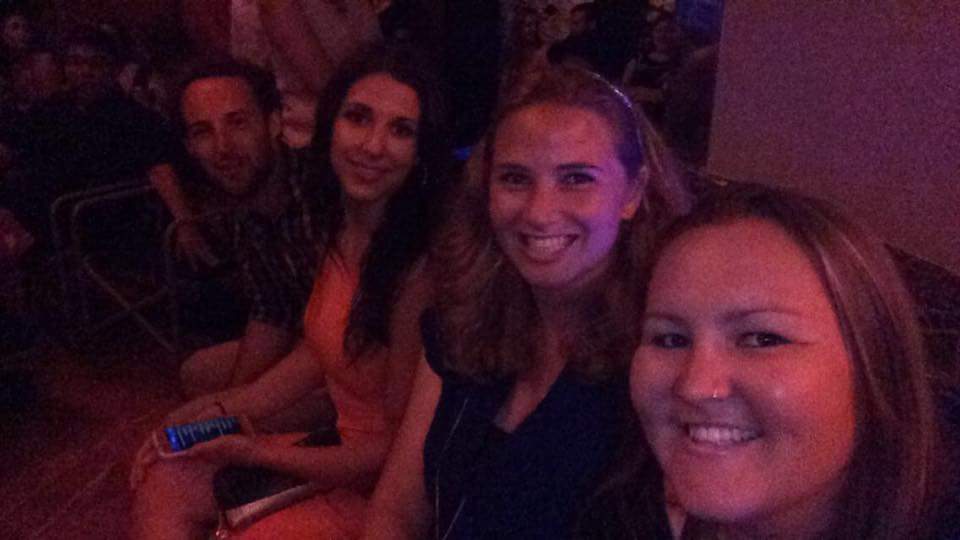
On the morning of the 6th of August, I headed off on a 10km run up Montjuic. Anenasde Barcelona, Plaza de Espana Dona, Ocell, El Pabelon de Barcelona, Poble Espanyol, Turo Parc, Parc Guell. Antoni Gaudí i Cornet was a Spanish architect from Reus and the best known practitioner of Catalan Modernism. Gaudí's works reflect his individualized and distinctive style. Most are these works are located in Barcelona, including his most famous; the Sagrada Família.
The Park Güell is a public park system composed of gardens and architectonic elements located on Carmel Hill, in Barcelona. With urbanization in mind, Eusebi Güell assigned the design of the park to Antoni Gaudí, a renowned architect and the face of Catalan modernism. The park was built between 1900 and 1914 and was officially opened as a public park in 1926.
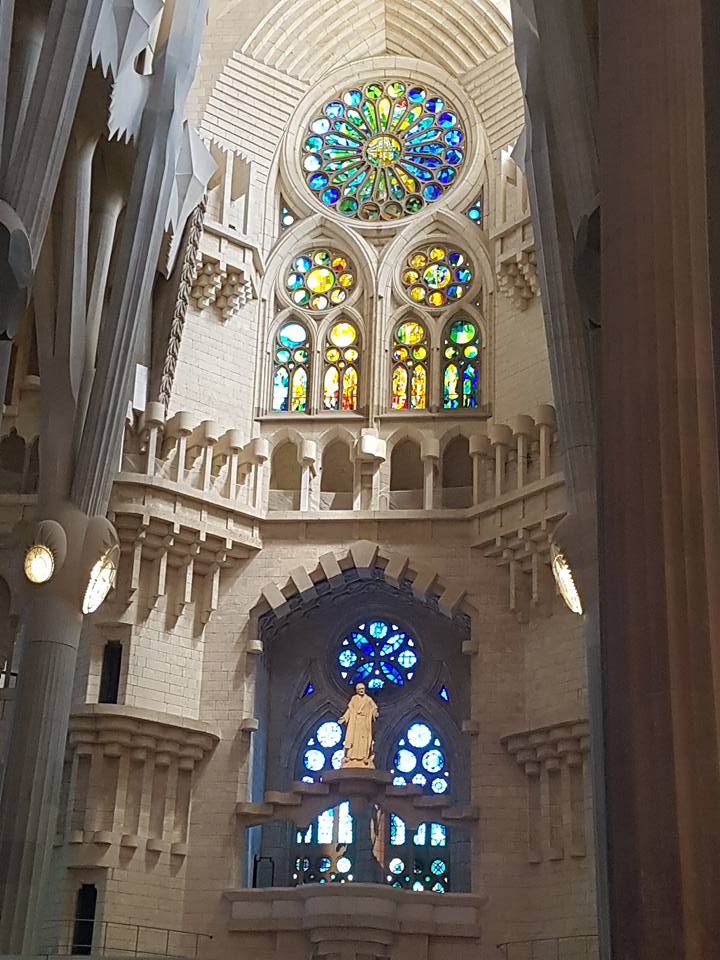
Met the group at Sagrada Familia - is a large Roman Catholic church in Barcelona, designed by Spanish architect Antoni Gaudí. Gaudí's work on the building is part of a UNESCO World Heritage Site, and in November 2010 Pope Benedict XVI consecrated and proclaimed it a minor basilica, as distinct from a cathedral, which must be the seat of a bishop. The style of la Sagrada Família is variously likened to Spanish Late Gothic, Catalan Modernism and to Art Nouveau
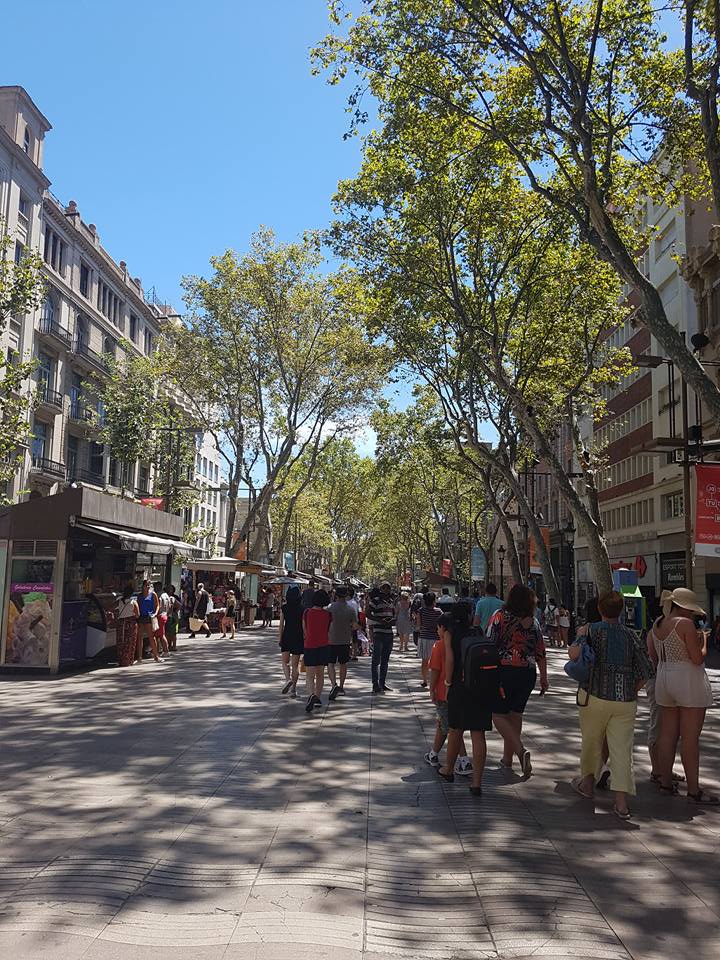
After the Basilica we headed up La Rambla - watch your pockets! La Rambla can be crowded, especially during the height of the tourist season. Its popularity with tourists has affected the character of the street, with a move to pavement cafes and souvenir kiosks. It has also suffered from the attention of pickpockets and especially towards its southern end, sex workers. Keep your bum bags at the ready...
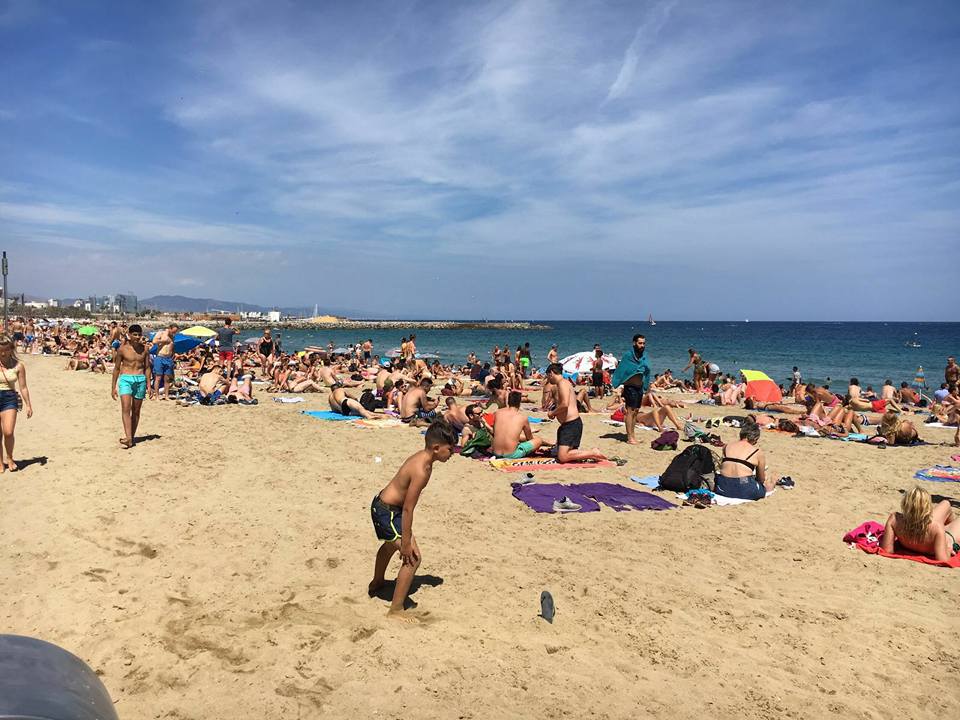
We strolled down to Barceloneta Beach - yes for nudies! You will see plenty of bare bums, boobs and maybe even some balls. La Barceloneta is known for its sandy beach and its many restaurants and nightclubs along the boardwalk. The guys obviously loved it, and the girls loved minimising their Euro tan-lines.
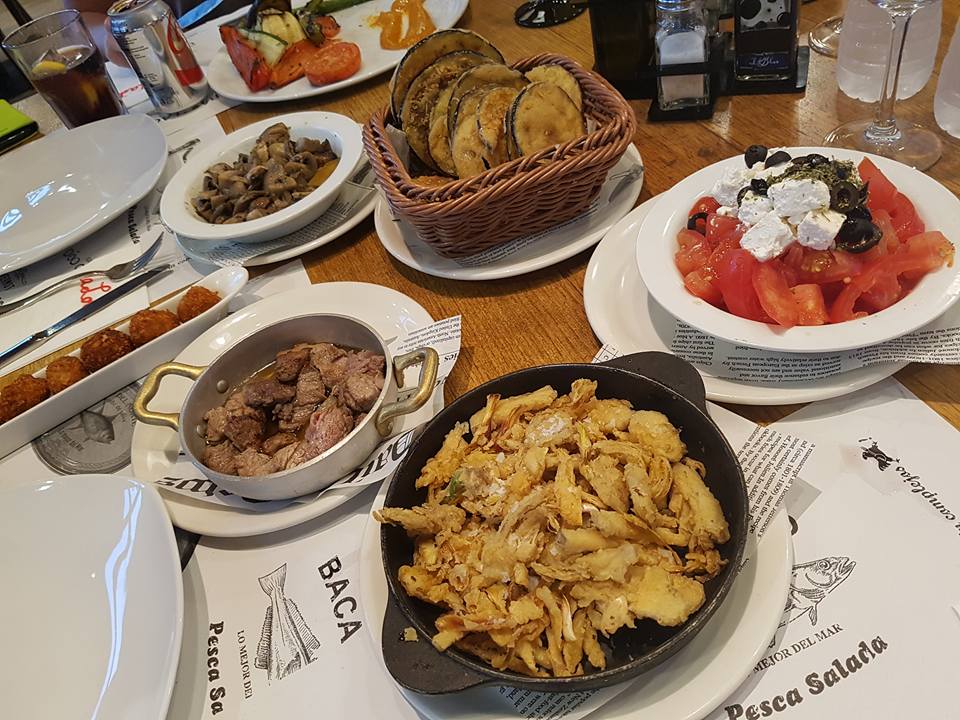
For dinner we visited Lolola, and feasted on some traditional tapas - before watching the Magic Fountain. The Magic Fountain of Montjuïc is a fountain located at the head of Avinguda Maria Cristina in the Montjuïc neighborhood of Barcelona, Catalonia, Spain. The fountain is situated below the Palau Nacional on Montjuïc. In the 1980s, music was incorporated with the light show and the fountain, along with the Museu Nacional, was completely restored prior to the 1992 Summer Olympics, held at Montjuïc. Performances take place at half-hour intervals every weekend, with weekends extended during the summer season.
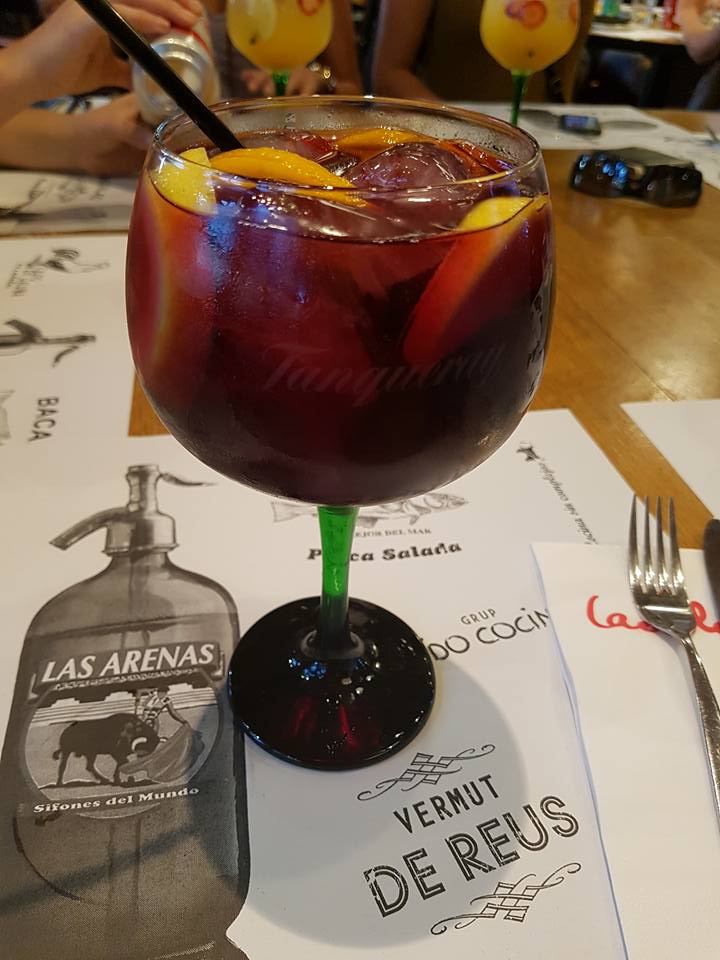
Spanish Cuisine - Among the most popular dishes include: escudella and tomato bread. Bean tortilla, Coca de recapte, samfaina, farigola soup and snails are famous dishes. Notable sauces are: romesco sauce, aioli, bouillabaisse of Catalan origin and picada.
Among the vegetable dishes, the most famous are calçots and the Escalivada (roasted vegetables).
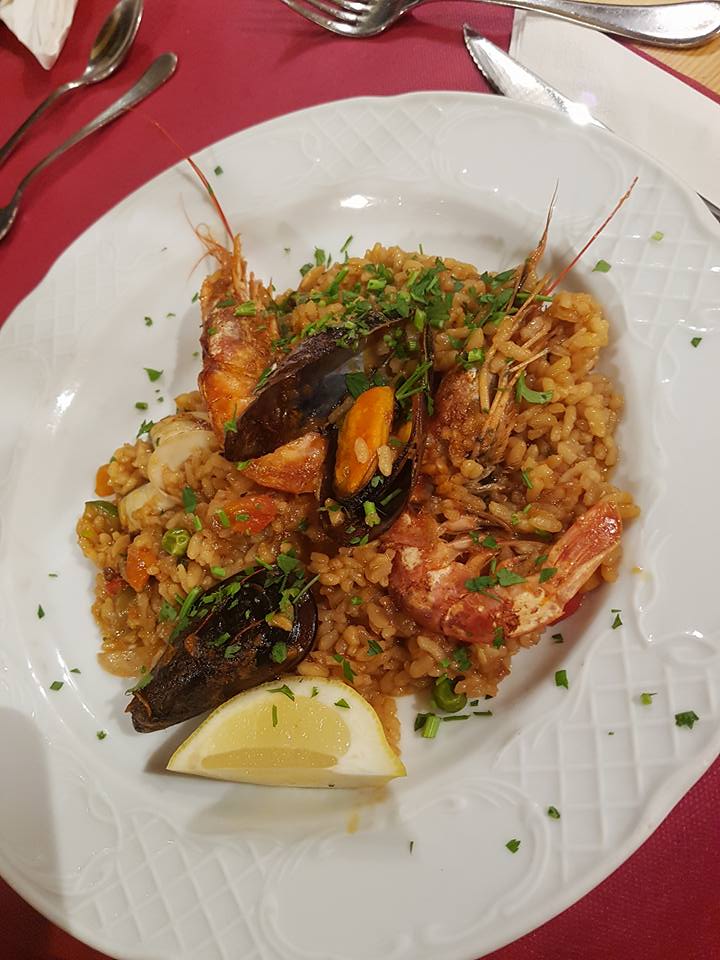
Best things about Catalonia -
*Gaudi's architecture, its everywhere
*the stunning beaches and the Mediterranean coastline - and that it is A-Okay to go topless and rid yourself of tan-lines in front of thousands
*The amazing seafood tapas
*Sangria, lots and lots of sangria. The Spanish learnt its wise not to be wasteful, especially when regarding alcohol
*A must for die-hard soccer fans
- That it will eventually become a country all to itself.
